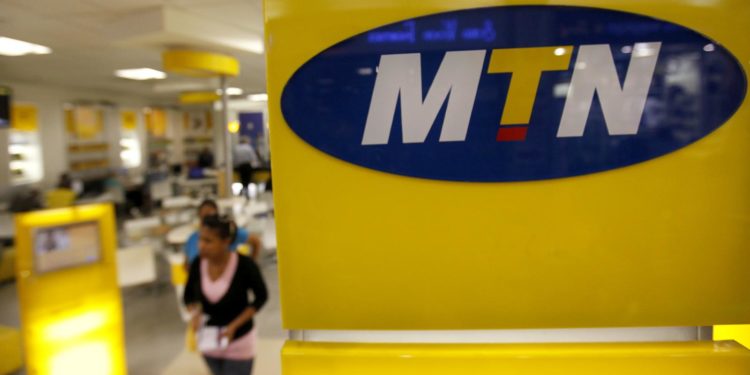Africa’s race to universal mobile coverage gains momentum
Africa’s quest to achieve universal mobile coverage is getting a boost as mobile network operators turn to space technologies to reach millions of under-served customers on the continent.
Conrad Onyango, bird story agency
MTN Group, Africa’s largest telco by subscriber base is the latest mobile operator to foray into direct-to-device (D2D) satellite services, after partnering with US-based satellite broadband provider Omnispace.
In a joint statement, the two said they were exploring using S-band (2-4GHz) frequencies for satellite services to expand MTN’s portfolio of wireless services to its over 290 million customers in 19 countries.
“Our partnership with Omnispace is a strategic step towards ensuring consistent, reliable access to our network, contributing to the foundational infrastructure that supports a digitally inclusive future, enabling the benefits of a modern connected life for all,” said MTN Group Chief Technology and Information Officer, Mazen Mroué.
Under the agreement, the Washington DC-based Omnispace will develop a next-generation standards-based mobile and IoT network designed to serve MTN’s markets.
In the interim, the companies said, they will partner to test existing technology, prove capabilities, and use cases using Omnispace’s on-orbit satellites.
“This collaborative effort would offer access to secure, cost-effective, ubiquitous 5G mobile connectivity by seamlessly integrating our respective satellite and terrestrial networks,” said Ram Viswanathan, CEO of Omnispace.
Vodafone and AST SpaceMobile have also progressed their trial of space-based voice and data, after earlier confirming successes with space-based 5G voice calling and data. Trials saw download speeds of nearly 14 Mbps by September 2023.
“Vodafone is striving to close the mobile usage gap for millions of people across Europe and Africa,” said Vodafone Group Chief Executive, Margherita Della Valle in a statement.
<script src=”https://bird.africanofilter.org/hits/counter.js” id=”bird-counter” data-counter=”https://bird.africanofilter.org/hits/story?id=1640&slug=africa-s-race-to-universal-mobile-coverage-gains-momentum” type=”text/javascript” async=”async”></script>
Vodacom’s Kenyan subsidiary, Safaricom in June 2023 announced its intention to use AST SpaceMobile’s satellite internet offering to improve its broadband services. This development sets the stage for the roll-out of the group’s satellite-based cellular network in Africa, starting with Kenya.
Vodacom operates in South Africa, Egypt, the Democratic Republic of Congo, Tanzania, Mozambique, Ethiopia and Sierra Leone, with over 185 million customers.
Mobile network infrastructure provider, Africa Mobile Networks (AMN) in partnership with another US-based multinational satellite services provider, Intelsat, recently announced an expansion of mobile satellite antennas to Madagascar, Rwanda and the Democratic Republic of Congo.
The duo have connected more than eight million people with more than 3,000 rural base satellites that are powered by solar across 14 African countries since 2018. In the new markets over 1,34o base stations have been lined up.
In July 2023, AMN entered into a commercial arrangement with Elon Musk’s Starlink, to use SpaceX’s constellation of satellites in low Earth orbit to connect AMN’s mobile network base stations targeting 700 rural communities in Nigeria.
The AMN-Starlink partnership suggests it is a preferred partner for the expansion of Starlink Internet’s direct-to-cell network which is expected to debut with text features in 2024, followed by voice, data, and IOT services scheduled to go live in 2025 worldwide.
In early January, US-based T-Mobile announced the launch of the first Starlink satellites with direct-to-cell capabilities- covering Japan, New Zealand, Canada, Australia and Switzerland.
Euroconsult’s Universal Access 2023 report affirms the growing momentum of the direct-to-device (D2D) satellite market, attributing the growth to new regulations and new 5G standards integrating satellites into terrestrial networks more seamlessly.
Research firm Statista predicts worldwide subscribers in the satellite-to-device market to reach 110 million by 2025 and surge to 330 million by 2030.
bird story agency


